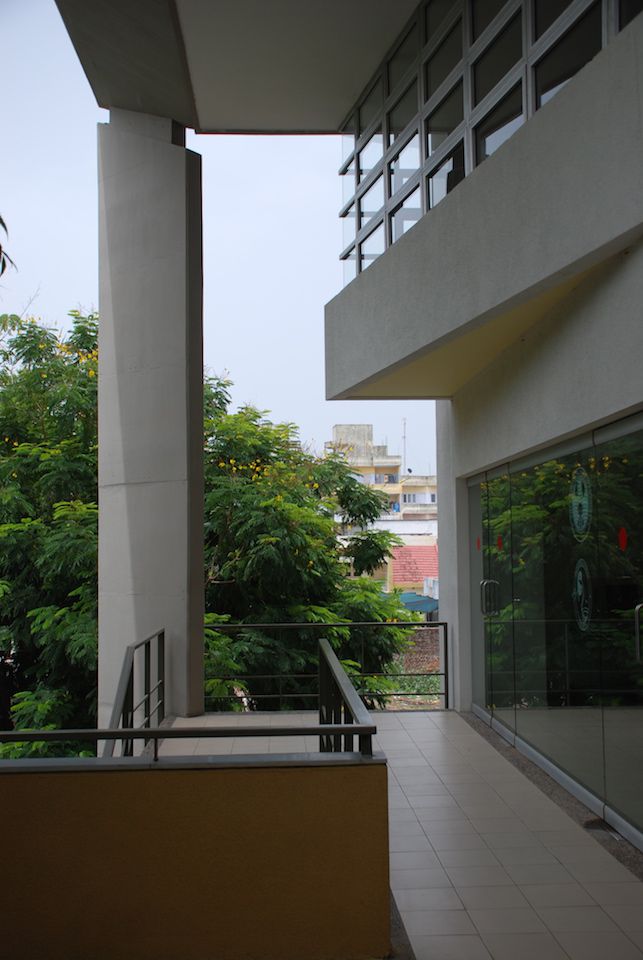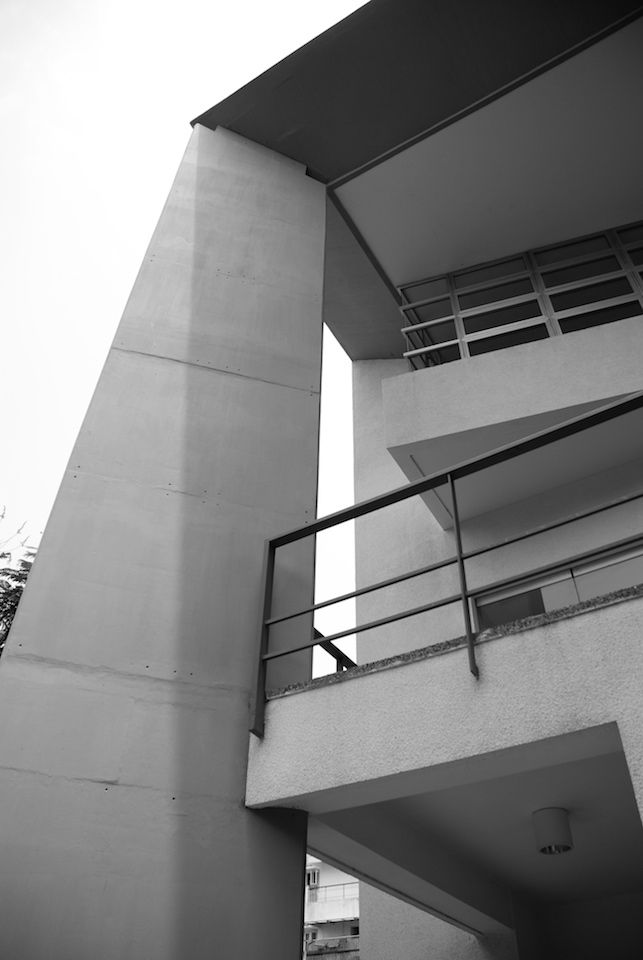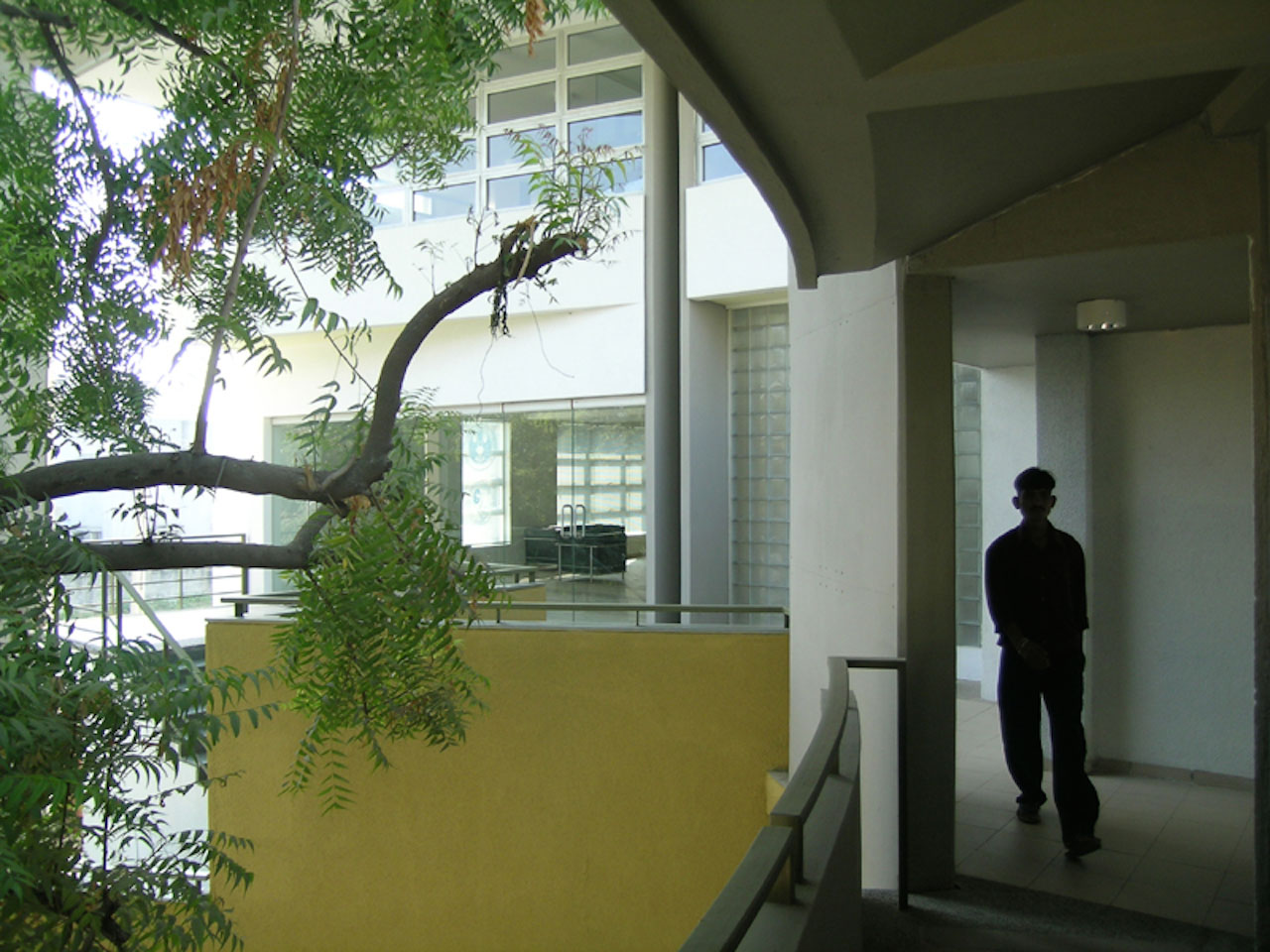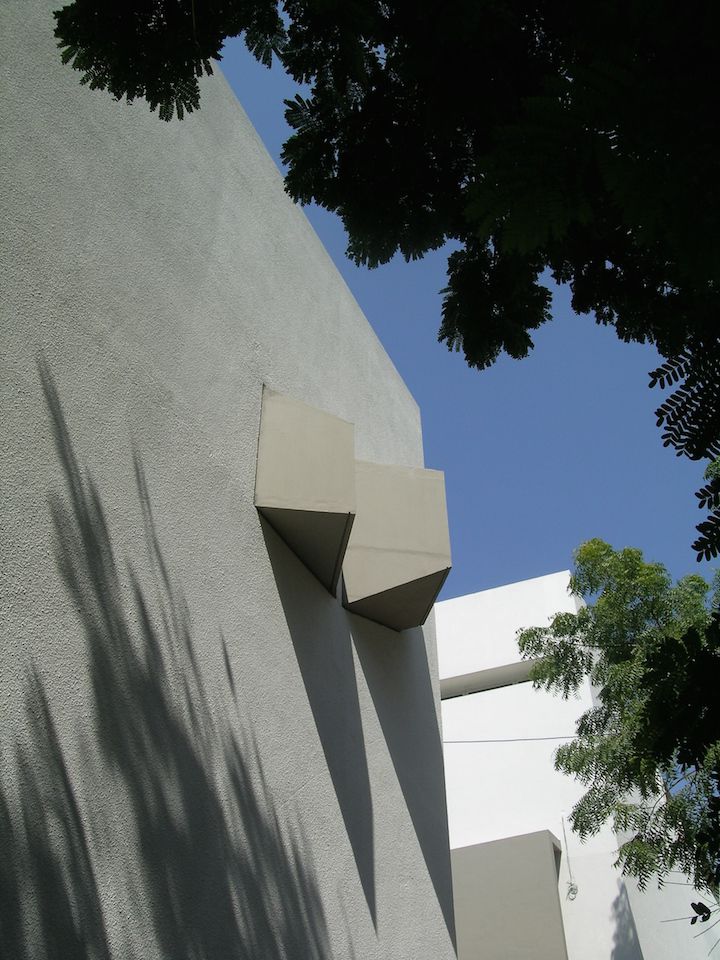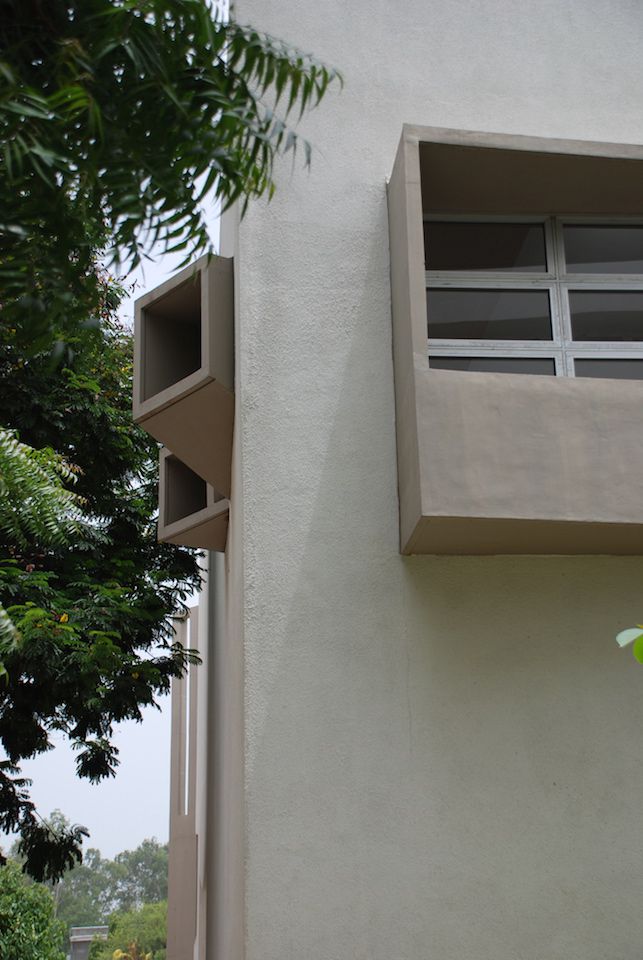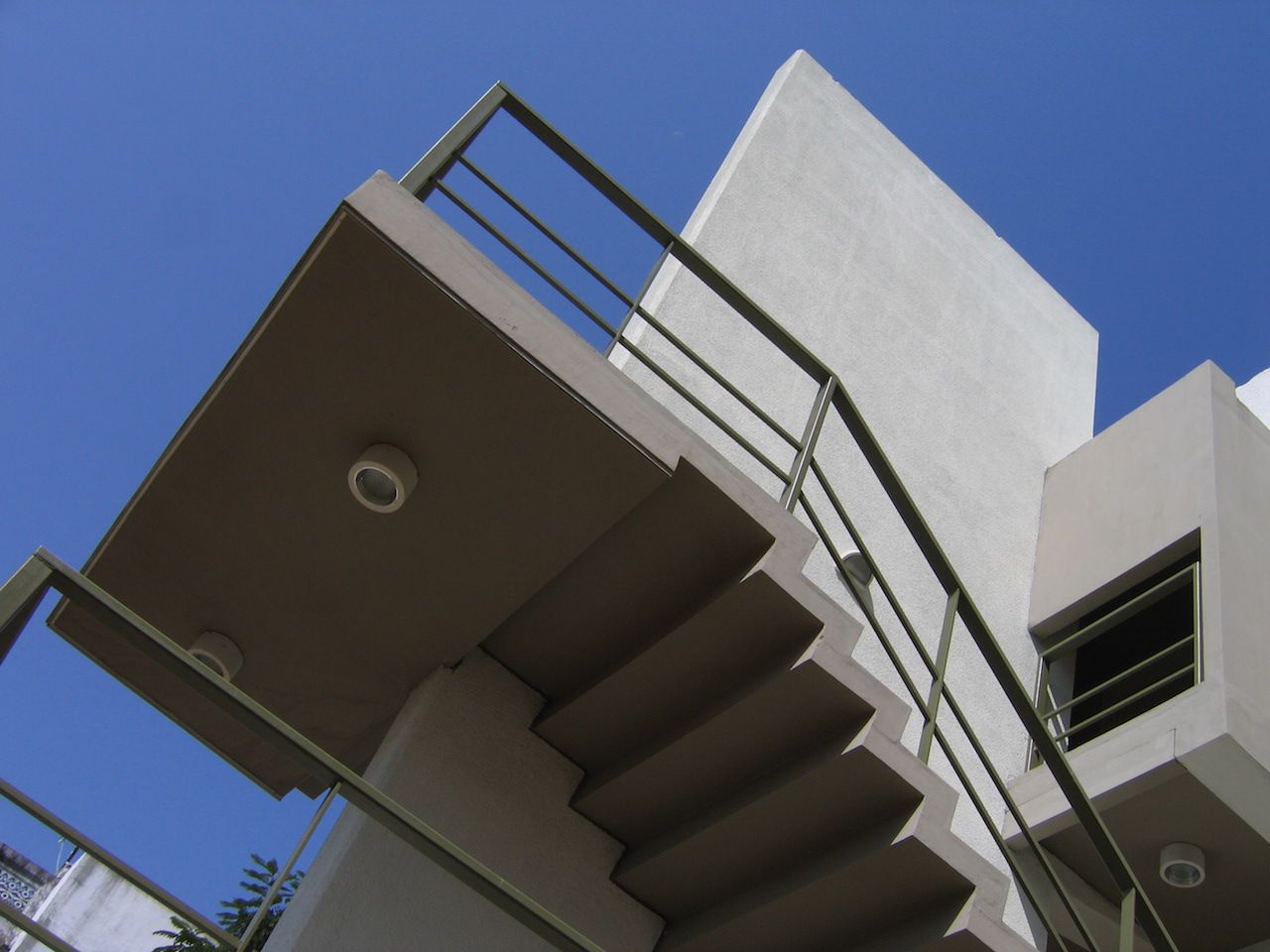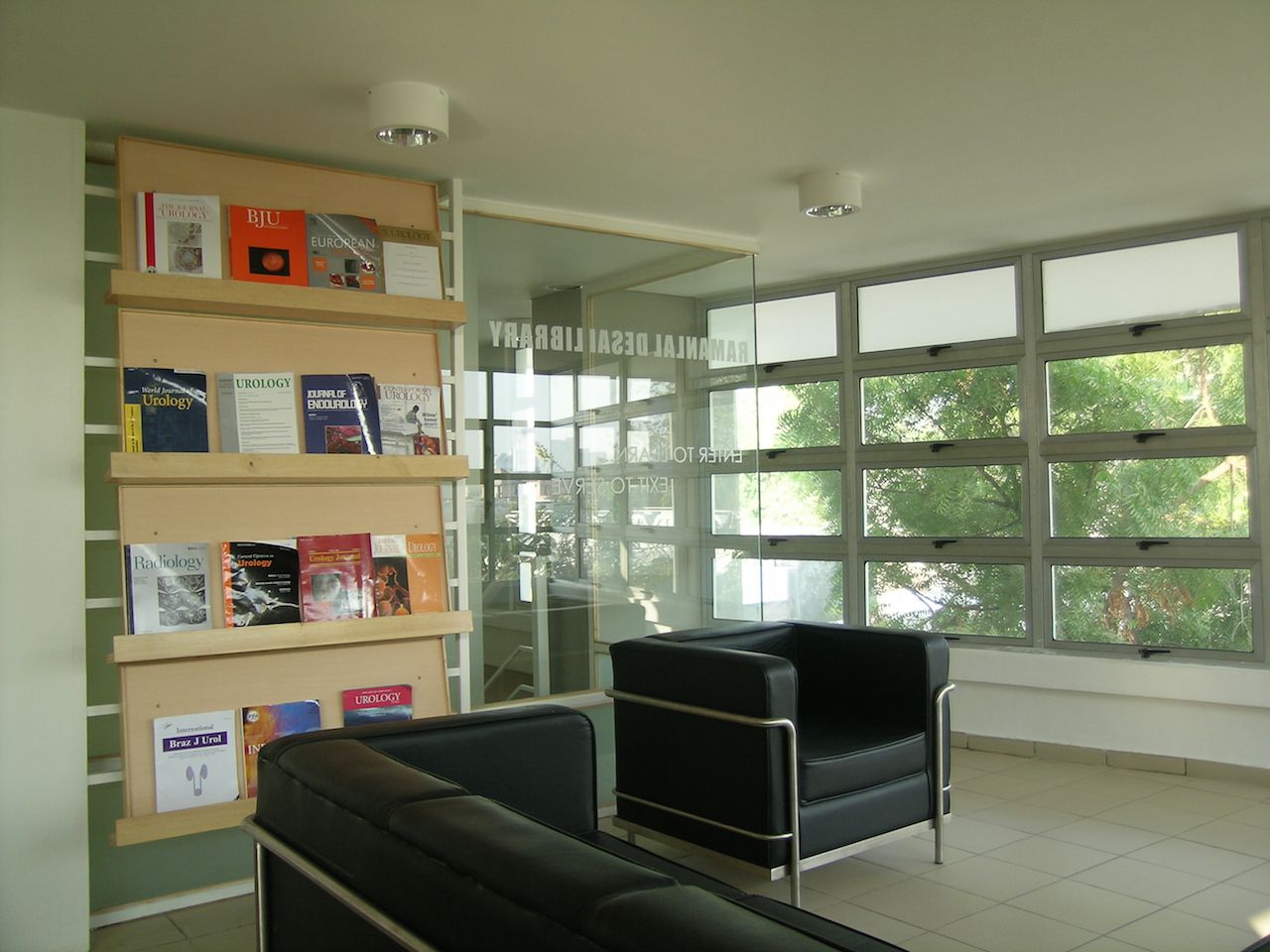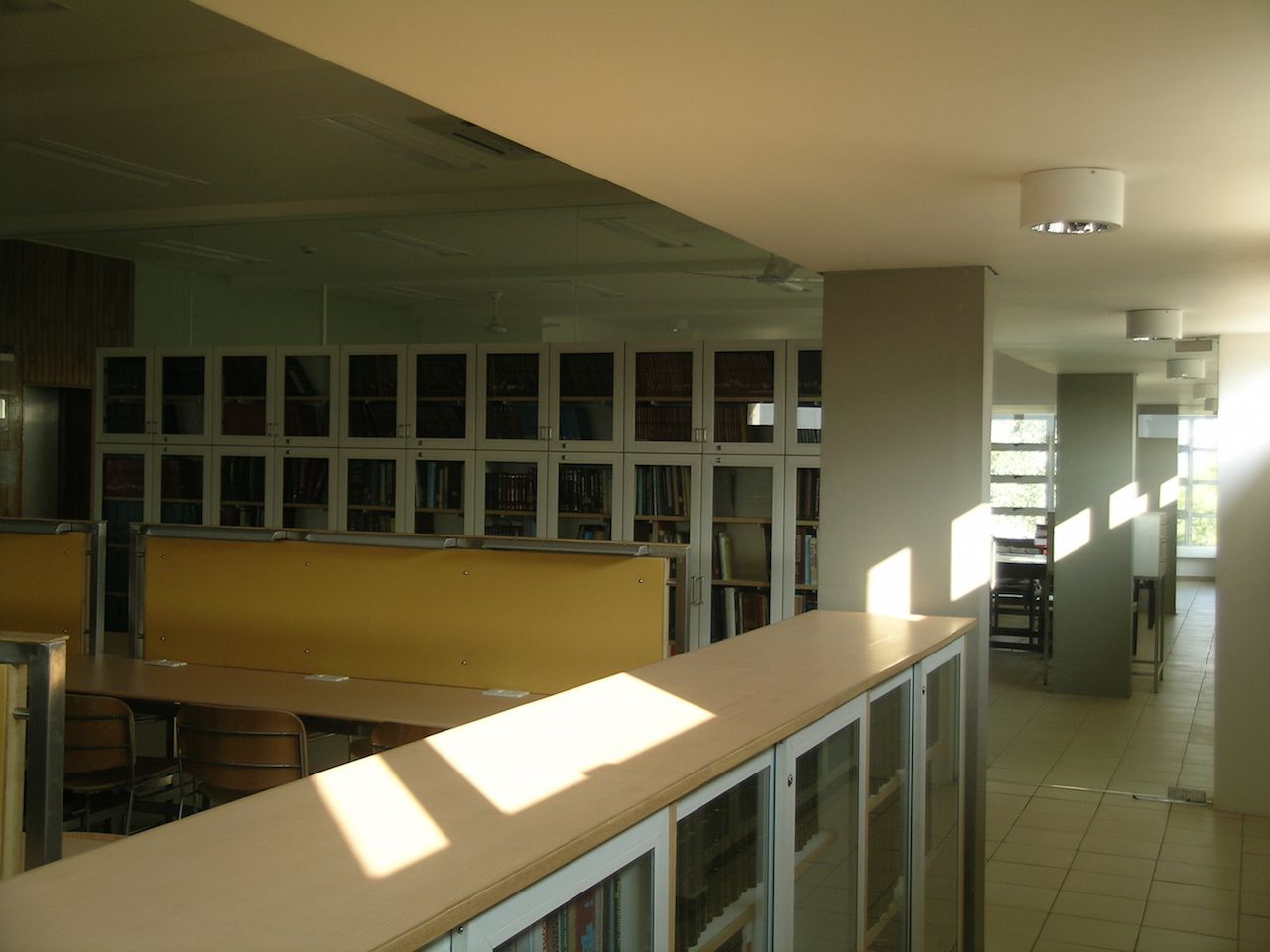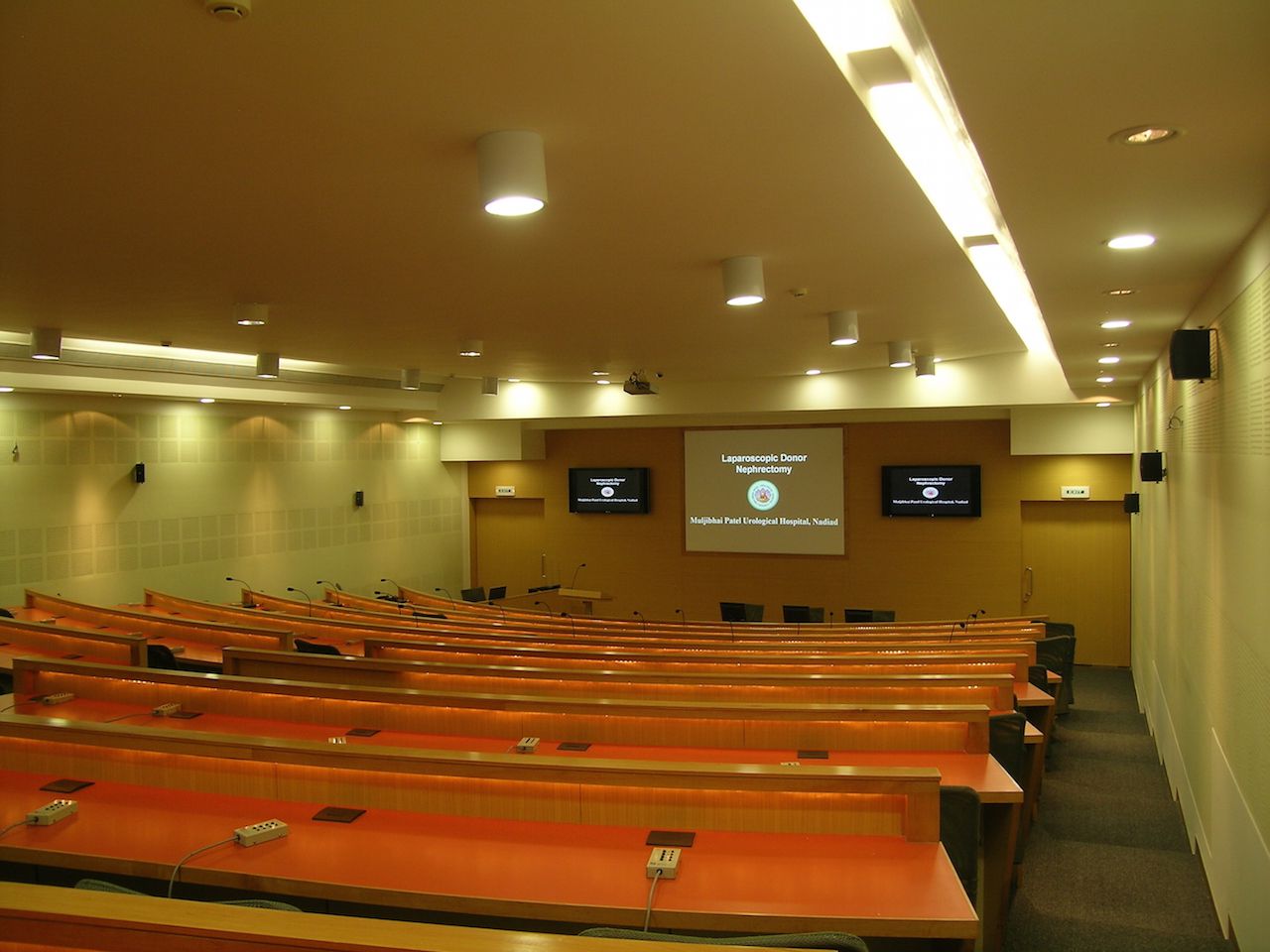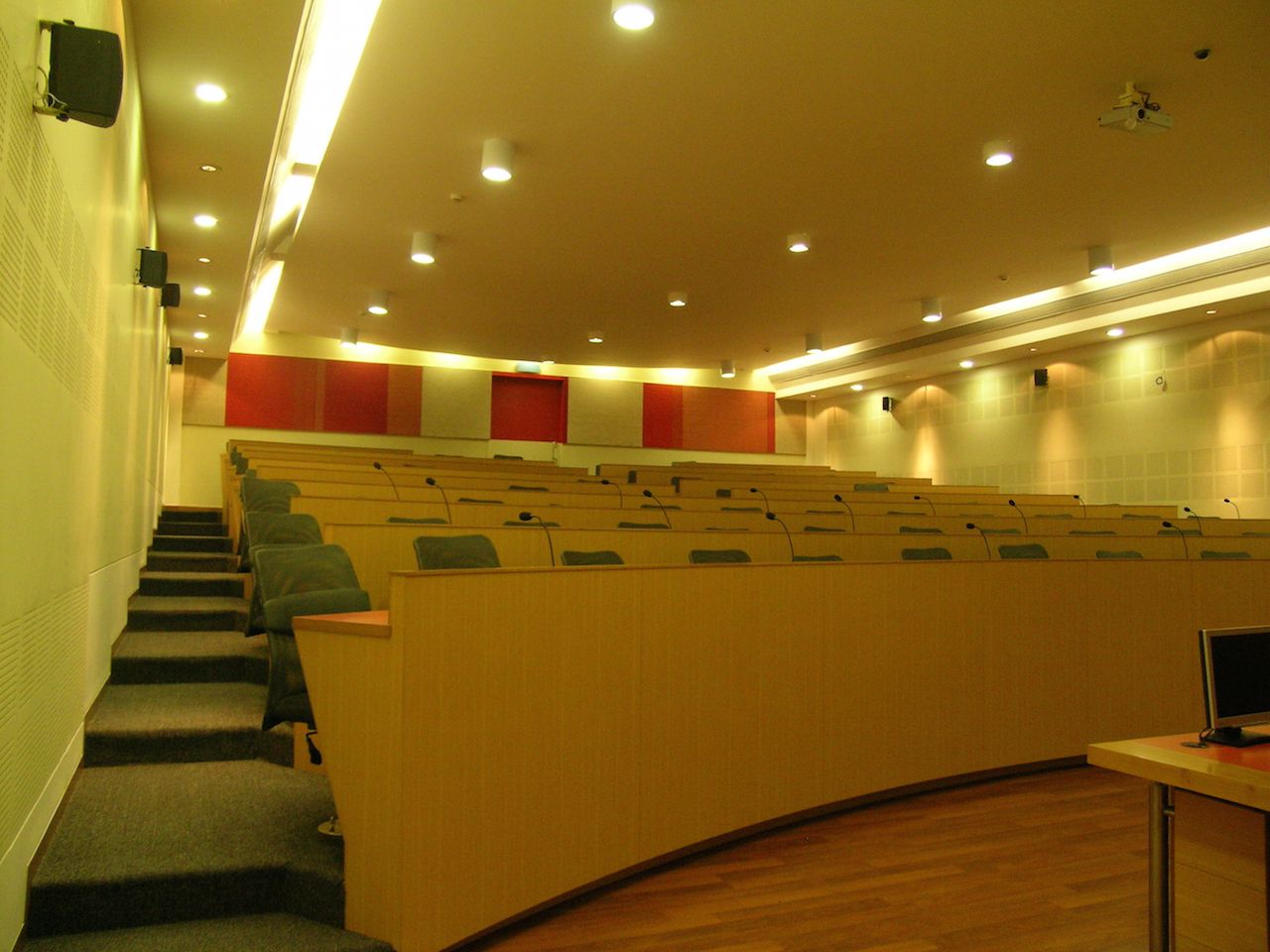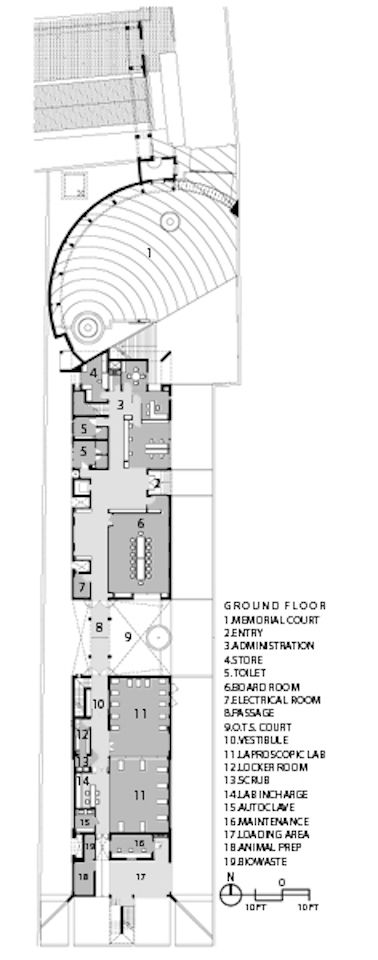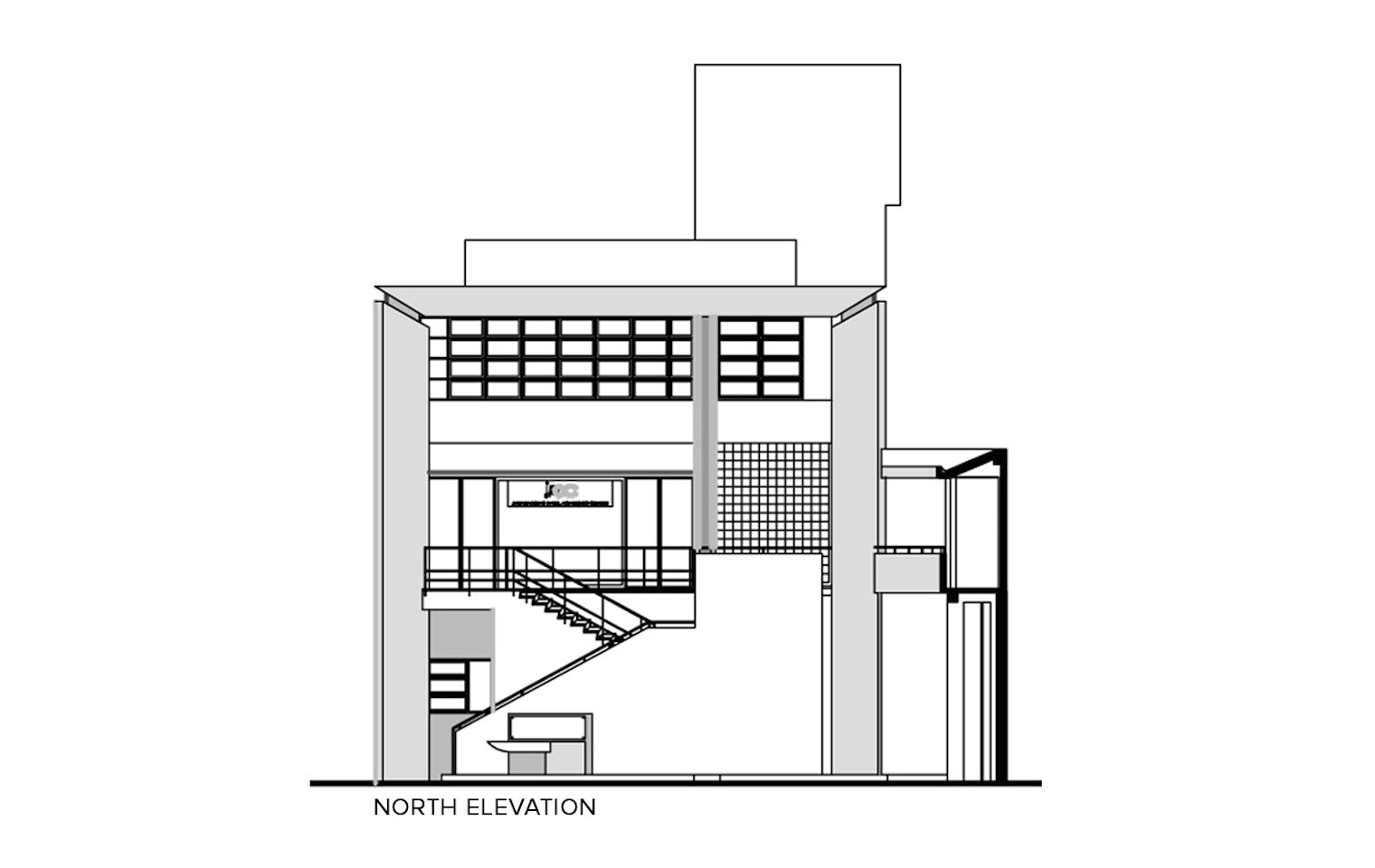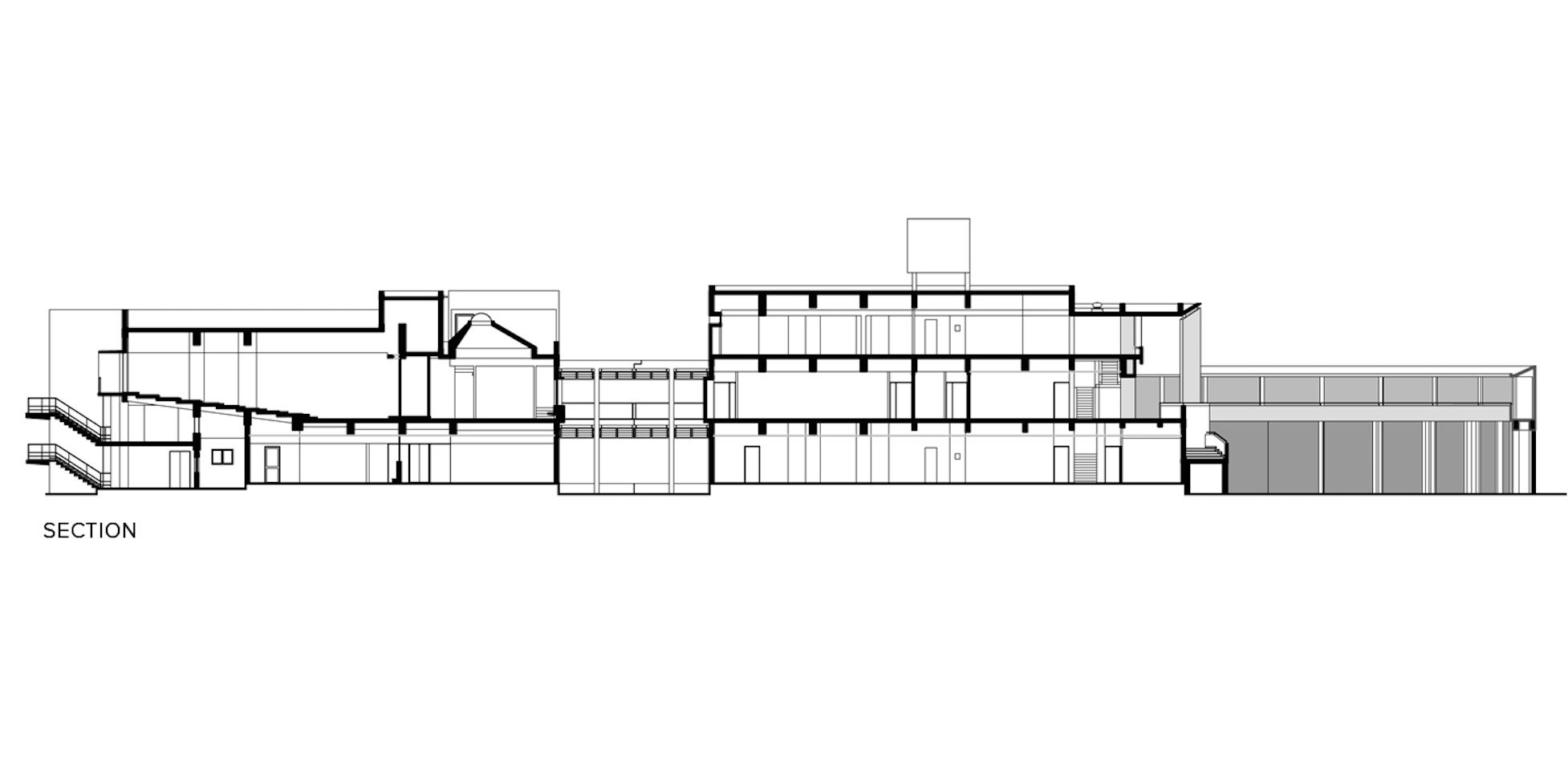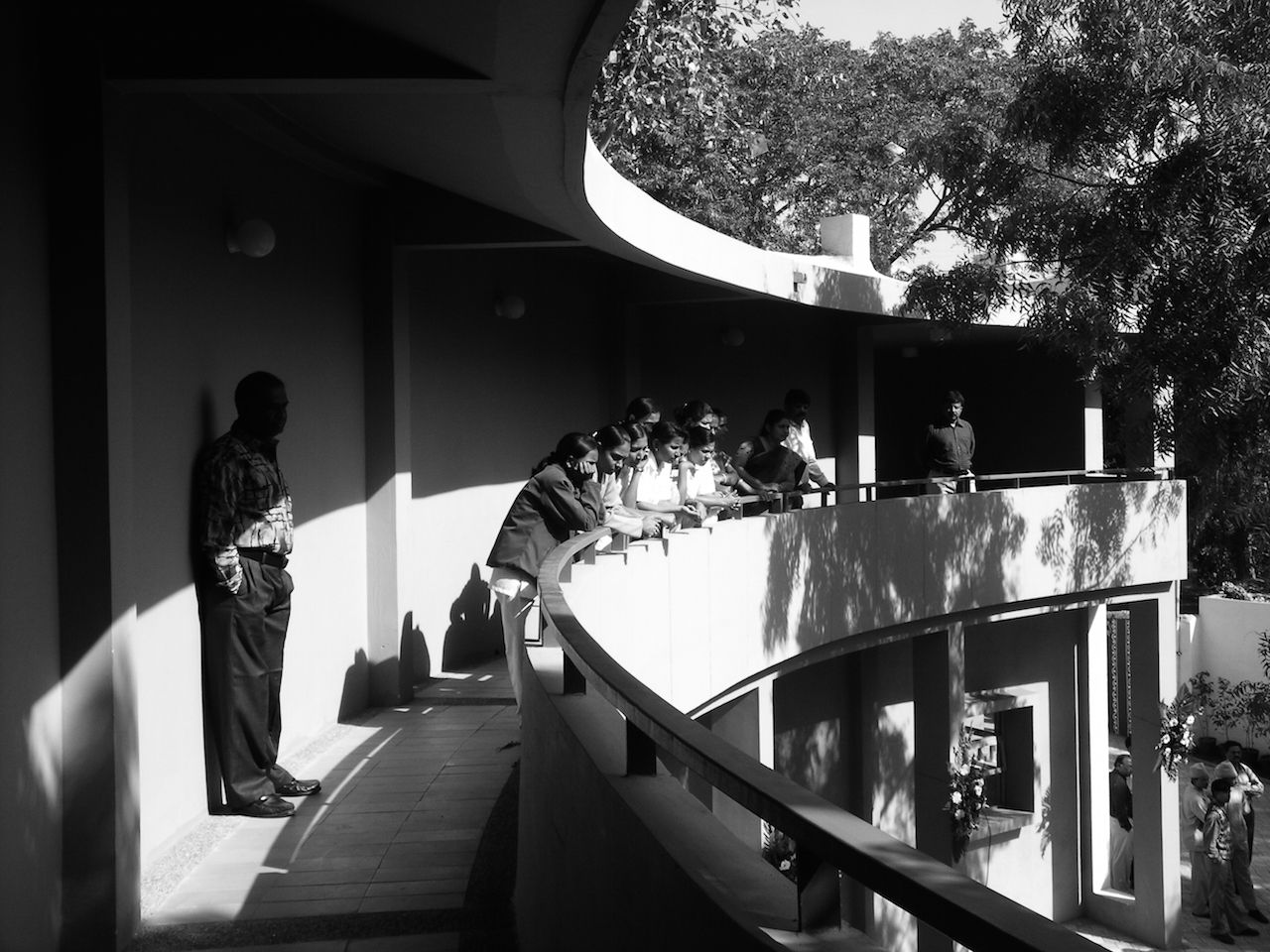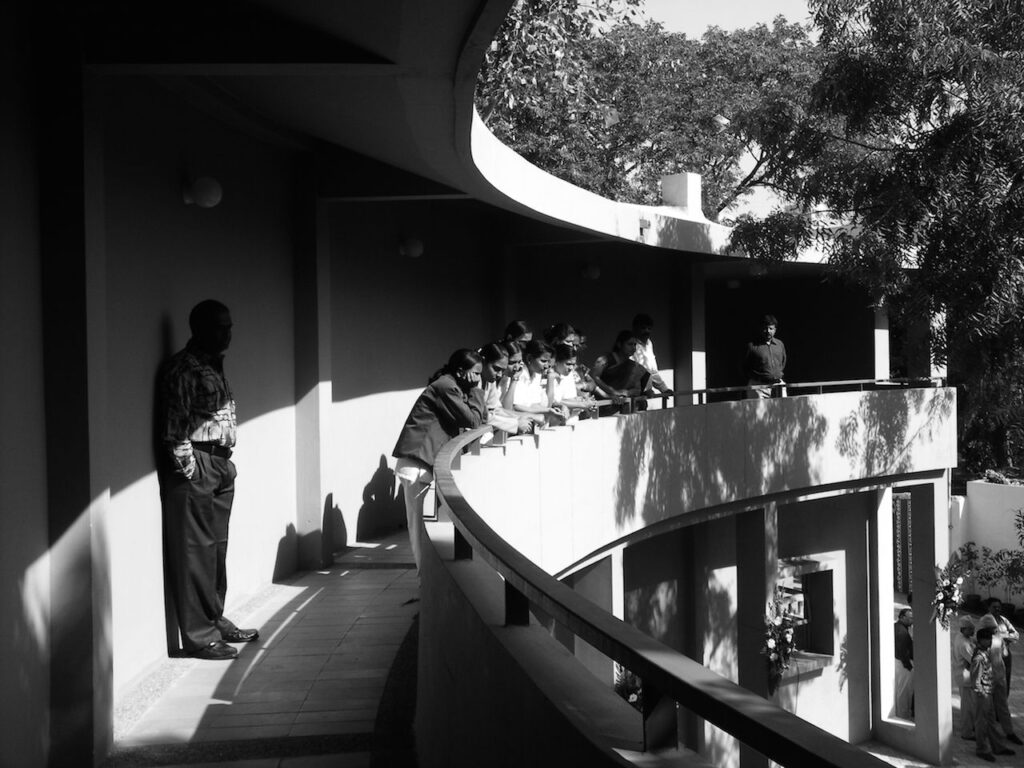
Designed by Indigo Architects.
At a time when most medical care facilities across the country are aiming to expand their horizons and outreach towards a higher patient turnover, the Muljibhai Patel Urology hospital at Nadiad, sought to create a center to impart training to surgeons across the world through the setting up of the Jairamdas Patel Academic Center, JPAC. This project was an effort to establish a center for excellence to further the level of endoscopic surgical skills and diagnostics in the context of an already established world-renowned center for urology.



The academic program is primarily designed for practicing urologists to enroll for sessions under the instruction of eminent medical professionals from various parts of the world. The facilities included were namely, laparoscopic labs with simulators, a wet lab with facilities for demonstrative procedures, networked classrooms capable of distance learning, an auditorium facility capable of linking all 4 operation theaters at the hospital simultaneously, and capable of relaying and accepting visual data globally in real-time and finally a library and resource center with documentation and research facilities.


The intent of the institution, its program to create a highly focused interior environment was paradoxical to its broader physical setting within the envelope of a chaotic residential built fabric. One needed to discover relevant contextual filters. The existing trees provided visual clues to orient views and allow light. Strict adherence to the program meant – a completely dead environment. Surgeons were meant to “focus”. No natural light or ventilation in the labs and classrooms was a mandatory requirement. Open spaces leading to these areas were the only opportunity for communion with the natural world.
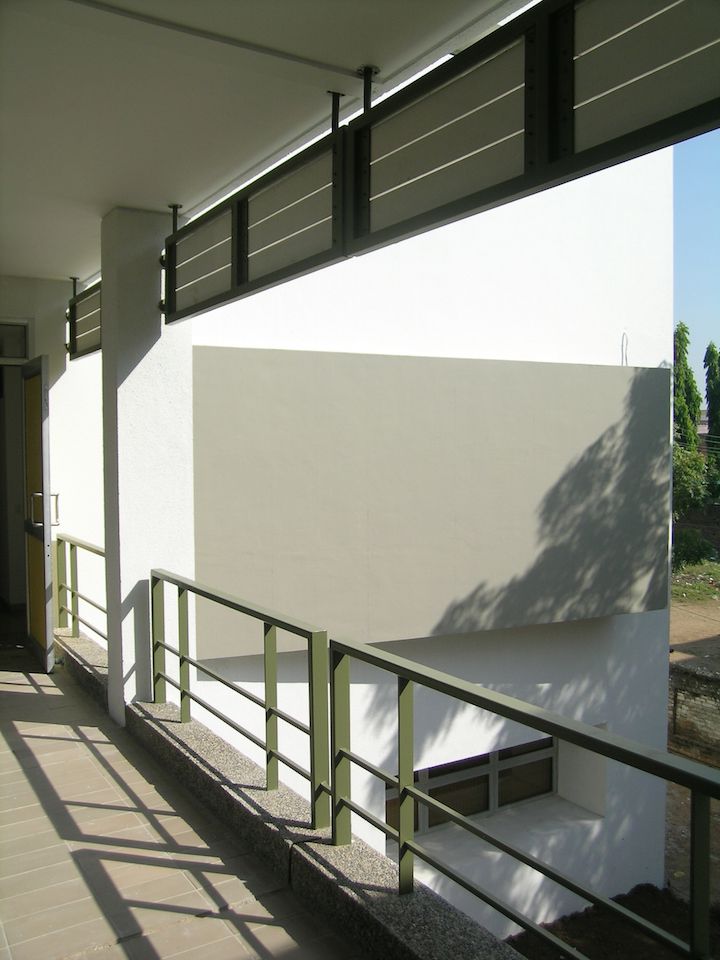
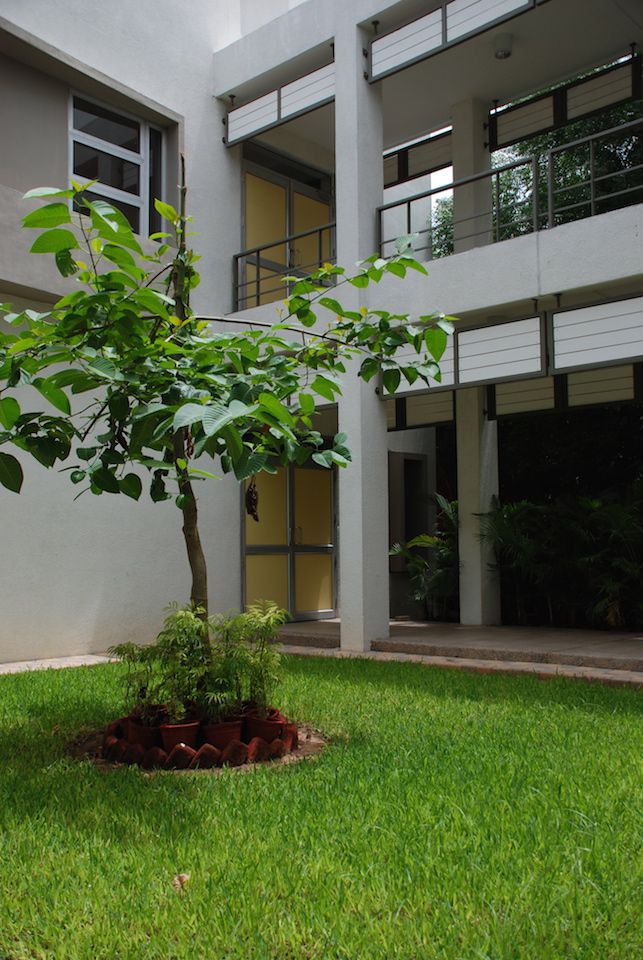
An elevated connection linking the new and the old defined the controlled precinct of the entrance court, enclosed spaces punctuated with courts was a simple spatial organizing tool. The building is oriented along the N-S axis lengthwise, a result of the site dimensions.
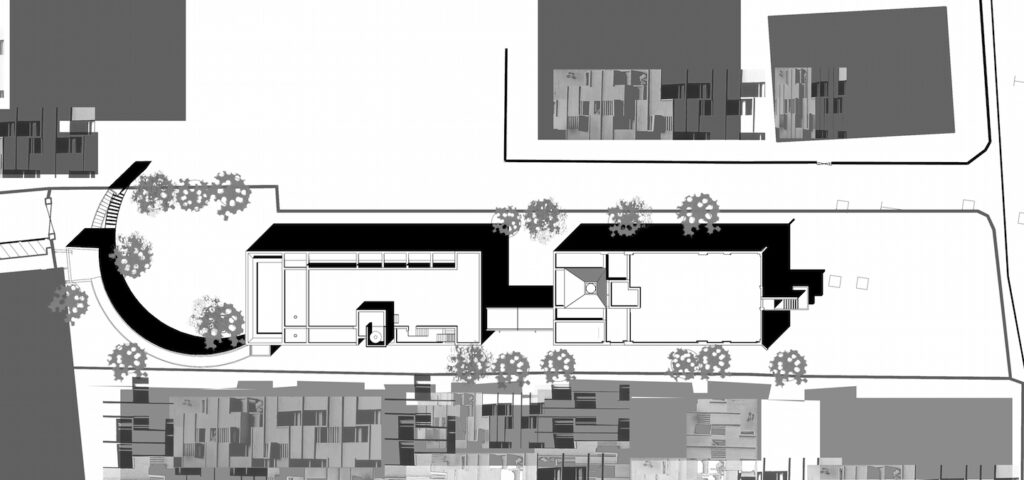
Openings were designed to control glare and afford privacy from the terraces of adjacent apartments. The programmed spaces were centrally air-conditioned. Semi-open areas such as foyer spaces and stairwells use passive means of air change such as gravity vents and a chilled water-based ambulatory.

Project Facts
Location: JPAC- Jairamdas Patel Academic Center at the Muljibhai Patel Urological Hospital Campus Nadiad, Gujarat.
Architects: Indigo architects, Ahmedabad
Design Team: Uday Andhare, Mausami Andhare, Mitesh Panchal, Mona Panchal, Sayali Andhare
Consultants: Shah & Talati Consulting Engineers
Site Area: 1.5 acres
Building Area: 18,000 sq. ft.
Completion Year: 2006
Civil Engineers: Parikh Constructions, Ahmedabad
Photo Credits: Uday Andhare
Gallery
